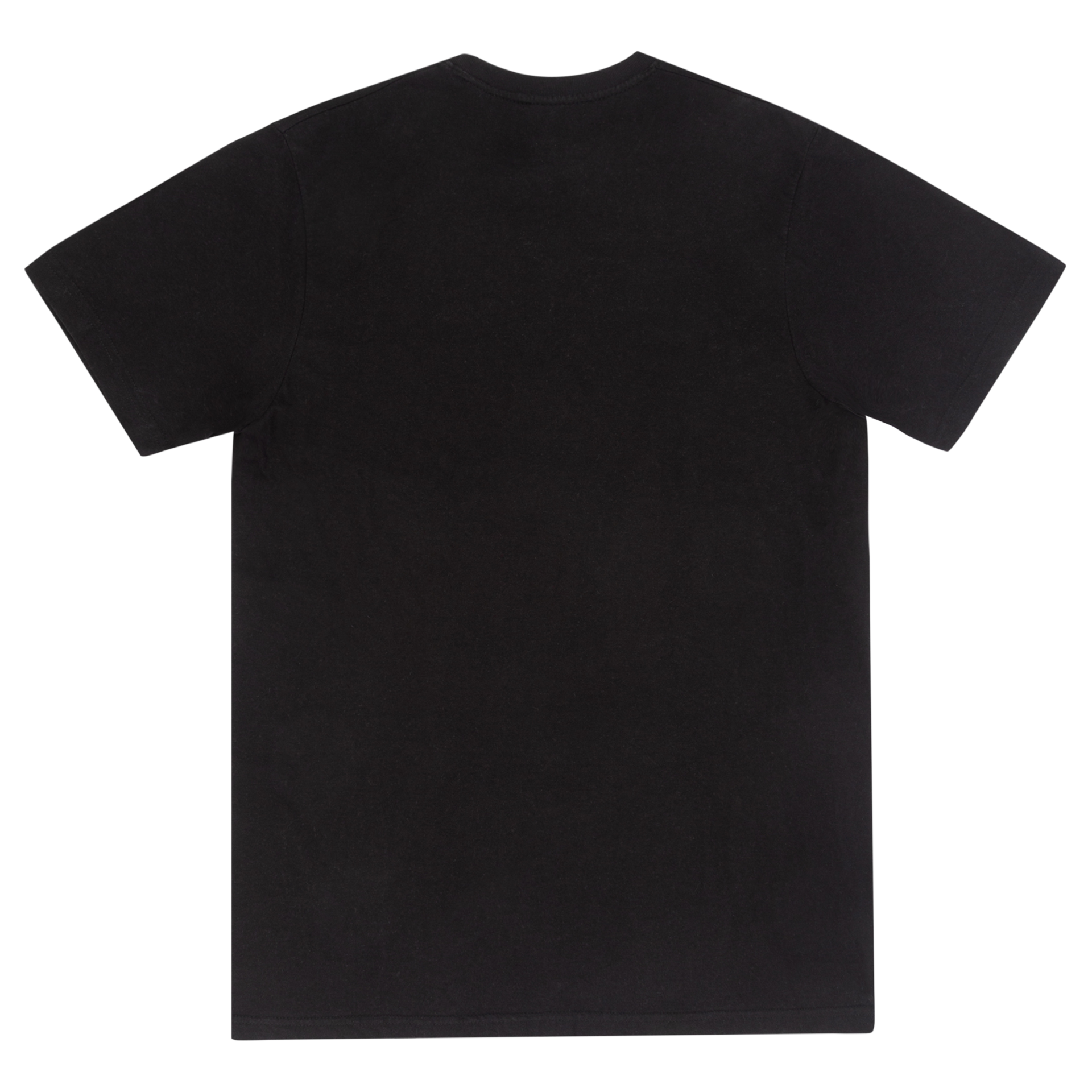
T-Shirt Mockup Front and Back: A Comprehensive Guide to Creating Realistic Apparel Presentations
T-shirt mockups are invaluable tools for designers, allowing them to showcase their designs in realistic settings without the need for physical samples. They play a crucial role in e-commerce, marketing, and branding, providing potential customers with a tangible representation of the product and increasing the likelihood of purchases.
Types of T-Shirt Mockups
There are two main types of t-shirt mockups:
-
Front Mockups: Display the front of the shirt, allowing designers to showcase the design and any text or graphics placed there.
-
Back Mockups: Showcase the back of the shirt, providing a comprehensive view of the design and any elements featured on the back.
Benefits of Using T-Shirt Mockups
Utilizing t-shirt mockups offers several advantages:
-
Cost-effective: Mockups eliminate the need for expensive photoshoots and production of physical samples, saving businesses time and money.
-
Time-saving: Mockups can be created quickly and easily, allowing designers to explore multiple design iterations and present them to clients efficiently.
-
Versatile: Mockups can be used for a variety of purposes, including e-commerce product listings, marketing campaigns, social media promotions, and presentations.
-
Realistic: High-quality mockups provide a realistic representation of the final product, helping customers visualize the design and make informed decisions.
Creating T-Shirt Mockups
Creating t-shirt mockups involves the following steps:
1. Design Creation: Design the t-shirt using graphic design software.
2. Mockup Selection: Choose a t-shirt mockup that aligns with the desired presentation style and target audience.
3. Image Import: Import the t-shirt design into the mockup template.
4. Customization: Adjust the design to fit the mockup, including positioning, size, and color. Apply any additional effects or textures as needed.
5. Background Selection: Choose a background that complements the design and enhances its presentation.
6. Export: Export the completed mockup in high resolution for optimal display.
Best Practices for Creating Effective T-Shirt Mockups
To create impactful t-shirt mockups, adhere to these best practices:
-
Use High-Quality Mockups: Invest in professional mockups that offer realistic textures, lighting, and shadows.
-
Showcase the Design Clearly: Ensure the design is prominently displayed and visible on the mockup. Avoid cluttered or distracting backgrounds.
-
Consider the Target Audience: Choose mockups that resonate with the intended audience and align with the brand’s aesthetic.
-
Pay Attention to Detail: Take the time to fine-tune the design, adjust the lighting, and apply subtle effects to enhance the overall presentation.
-
Use Multiple Views: Create mockups from different angles, including front, back, and side views, to provide a comprehensive perspective of the design.
-
Experiment with Backgrounds: Explore various backgrounds, such as solid colors, textures, or lifestyle settings, to create unique and engaging presentations.
-
Optimize for Different Platforms: Consider the intended usage of the mockups and optimize them for different platforms, such as social media, e-commerce websites, or presentations.
Advanced Techniques for T-Shirt Mockups
For advanced customization and enhanced realism, explore these techniques:
-
Add Realistic Folds and Wrinkles: Use specialized tools or plugins to simulate natural folds and wrinkles in the fabric, adding depth and texture to the mockup.
-
Apply Shadows and Lighting: Adjust the lighting and shadows to create depth and dimension, enhancing the realism of the mockup.
-
Incorporate Texture Overlays: Apply texture overlays to the mockup to mimic the texture and feel of the fabric, such as cotton, linen, or jersey.
-
Use 3D Mockups: Utilize 3D mockups for a fully immersive and interactive experience, allowing users to rotate and zoom in on the design from various angles.
Conclusion
T-shirt mockups are indispensable tools for showcasing apparel designs effectively. By understanding the different types, benefits, and best practices, designers can create realistic and engaging presentations that captivate audiences, drive sales, and elevate their brand identity.
FAQ
Q: What software is best for creating t-shirt mockups?
A: Popular options include Adobe Photoshop, GIMP, Canva, and Placeit.
Q: Where can I find high-quality t-shirt mockups?
A: Reputable sources include Envato Elements, Creative Market, and Mockup World.
Q: How do I add realistic folds and wrinkles to my mockups?
A: Utilize tools such as the "Warp" tool in Photoshop or specialized plugins like Mockupator.
Q: Can I use t-shirt mockups for commercial purposes?
A: Yes, but ensure you check the licensing terms of the specific mockup you use.
Q: What are the recommended image formats for exported mockups?
A: High-resolution formats such as PNG, JPEG, or PSD are preferred.
Q: How can I create 3D t-shirt mockups?
A: Explore 3D design software like Blender or SketchUp, or use online platforms that offer 3D mockup templates.
Q: Can I create t-shirt mockups with different body types?
A: Yes, some mockup generators offer a range of body types and poses to choose from.
Q: How do I optimize t-shirt mockups for social media?
A: Consider the platform’s image size requirements and aspect ratio, and use eye-catching colors and designs to attract attention.
Q: Can I use t-shirt mockups to create videos?
A: Yes, but ensure the mockups support video formats and have the necessary animation or dynamic elements.






